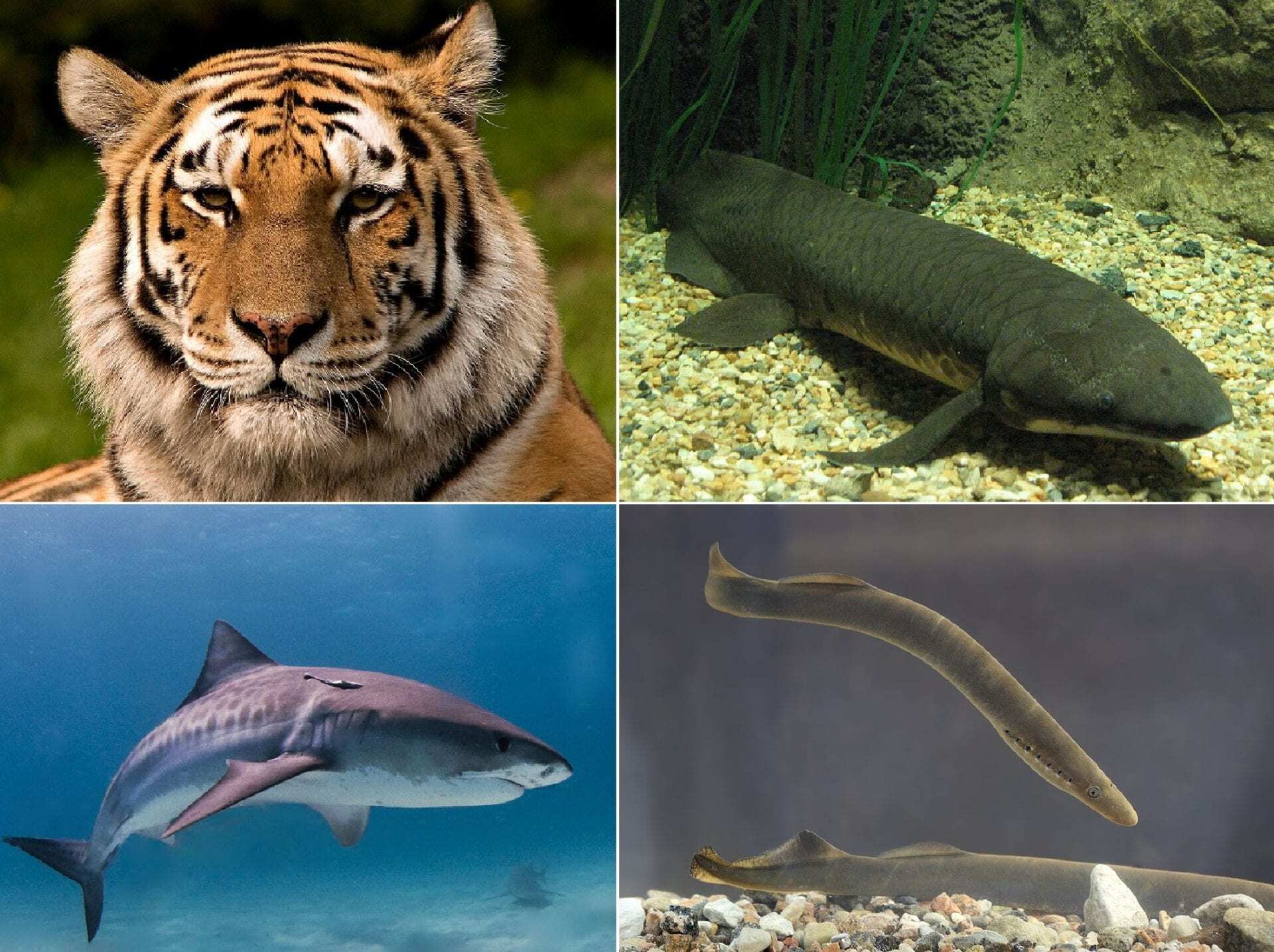A new study maps for the first time the evolutionary history of the world’s terrestrial vertebrates: amphibians, birds, mammals and reptiles.
It explores how areas with large concentrations of evolutionarily distinct species are being impacted by our ever-increasing “human footprint.”
Research for the study was led by Dr. Rikki Gumbs of the EDGE of Existence Programme at the Zoological Society of London and Imperial College London and Dr. James Rosindell of Imperial College London in collaboration with Prof. Shai Meiri of the School of Zoology at Tel Aviv University’s George S. Wise Faculty of Life Sciences and Steinhardt Museum of Natural History and other colleagues. The study was published in Nature Communications on May 26.
“Being ‘evolutionarily distinct’ means that you have no close living relatives,” explains Prof. Meiri, who generated and interpreted the reptile-related data for the study. “In other words, you are alone on your branch of the evolutionary tree of life. Aardvarks, crocodiles, and kiwis were all separated from their closest evolutionary relatives tens of millions of years ago and bear a unique evolutionary history.
“The new research will provide a clear understanding of how best to protect nature given the current threats to specific locations and endangered species.”
The researchers developed two new metrics that combine phylogenetic diversity and the extent of human pressure across the spatial distribution of species — one metric valuing regions and another prioritizing species. They evaluated these metrics for reptiles, which have been largely neglected in previous studies, and contrasted these results with equivalent calculations for all terrestrial vertebrate groups. The researchers found that regions under high human pressure coincided with those containing irreplaceable reptilian diversity.
“Our analyses reveal the incomprehensible scale of the losses we face if we don’t work harder to save global biodiversity,” says Dr. Gumbs, the lead author on the paper. “To put some of the numbers into perspective, reptiles alone stand to lose at least 13 billion years of unique evolutionary history, roughly the same number of years as have passed since the beginning of the entire universe.”
Using extinction-risk data for around 25,000 species, the researchers found at least 50 billion years of evolutionary heritage to be under threat, as well as a large number of potentially threatened species for which we lack adequate extinction risk data. This suggests that the calculation underestimates the number of species that may be affected.
According to the study’s calculations, the Caribbean, the Western Ghats of India, and large parts of Southeast Asia — regions that are home to the most unique evolutionary history — are facing unprecedented levels of human-related devastation.
“This new study highlights which species should be prioritized for conservation, based on their evolutionary uniqueness and the intense human impact on environments where they are thought to dwell,” Prof. Meiri says.
According to the research, the greatest losses of evolutionary history will be driven by the extinction of entire groups of closely-related species, such as pangolins and tapirs, and by the loss of highly evolutionarily distinct species, such as the ancient Chinese crocodile lizard (Shinisaurus crocodilurus); the Shoebill (Balaeniceps rex), a gigantic bird that stalks the wetlands of Africa; and the Aye-aye (Daubentonia madagascariensis), a nocturnal lemur with large yellow eyes and long spindly fingers.
The study highlights several unusual species as urgent conservation priorities, including the punk-haired Mary River turtle (Elusor macrurus), the Purple frog (Nasikabatrachus sahyadrensis), and the Numbat (Myrmecobius fasciatus). It also highlights many lesser known species, about which little is now understood by scientists, as priorities for further research. Adequate extinction risk data is currently lacking for more than half of the priority lizards and snakes identified.
“These are some of the most incredible and overlooked animals on Planet Earth,” says Dr. Gumbs. “From legless lizards and tiny blind snakes to pink worm-like amphibians called caecilians, we know precious little about these fascinating creatures, many of which may be sliding silently toward extinction.”
The study also identifies regions where concentrations of irreplaceable diversity are currently under little to no human pressure, particularly across the Amazon rainforest, the highlands of Borneo, and parts of southern Africa.
Co-author Dr. Rosindell concludes, “Our findings highlight the importance of acting urgently to conserve these extraordinary species and the remaining habitat that they occupy — in the face of intense human pressures.”
AMERICAN FRIENDS OF TEL AVIV UNIVERSITY
Header Image Credit : Prehistoricplanes







